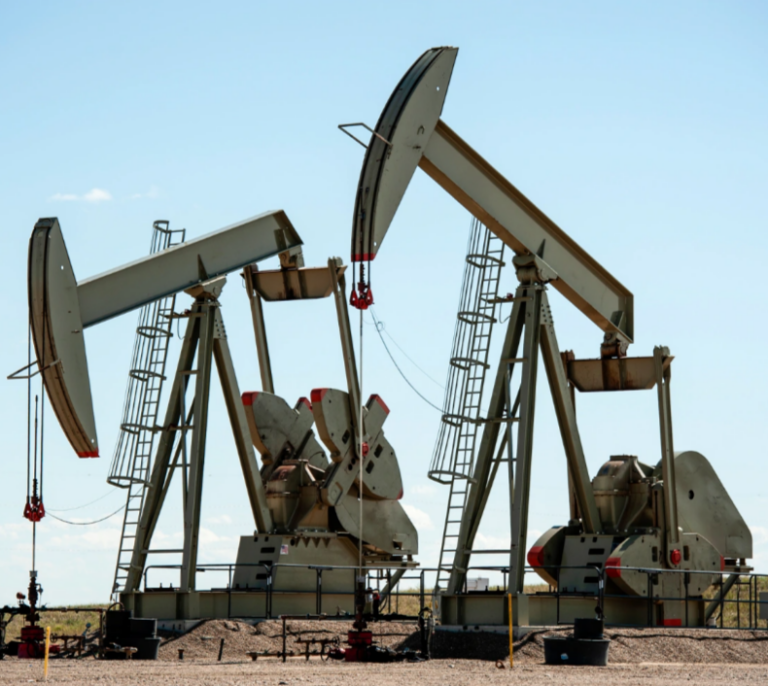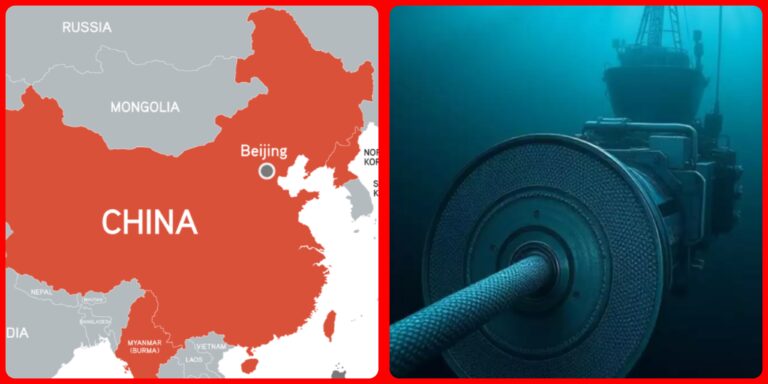
According to the country’s civil defence service, the eruption began after 20:00 local time (20:00 GMT) on Saturday between Hagafell and Stora-Scogfell – north of Grindavik.
This is a similar location to the eruption that began on 8 December.
Footage of the explosion showed clouds of smoke and glowing magma oozing and bubbling from vents in the earth.
Geophysicist Magnus Tumi Gudmundsson, who was among those to fly over the affected areas in a helicopter, told local media that Saturday’s eruption was the most powerful so far.
Two lava tongues have been moving west and south. It is thought the latter could reach the defence walls that have been erected around Grindavik.
Mr Gudmundsson said it was also possible lava could flow into the sea, but that this may not happen if the volcanic activity eases.
The Icelandic Meteorological Agency said the lead-up to the eruption was short and an initial assessment indicated the same amount of magma was emerging as in December.
It added that bad weather expected to set in was likely to affect its ability to monitor what was happening to some extent.
Keflavik International Airport and other regional airports have not been affected by the explosion, but the Blue Lagoon is closed until further notice as a precaution.
Iceland is one of the most active volcanic areas on the planet. Rather than having a central volcano, the Reykjanes Peninsula is dominated by a rift valley, with lava fields and cones.
The lagoon was evacuated earlier in March due to seismic activity. In November, it was closed for a week after 1,400 earthquakes were measured in 24 hours.
© Copyright RawNews1st






